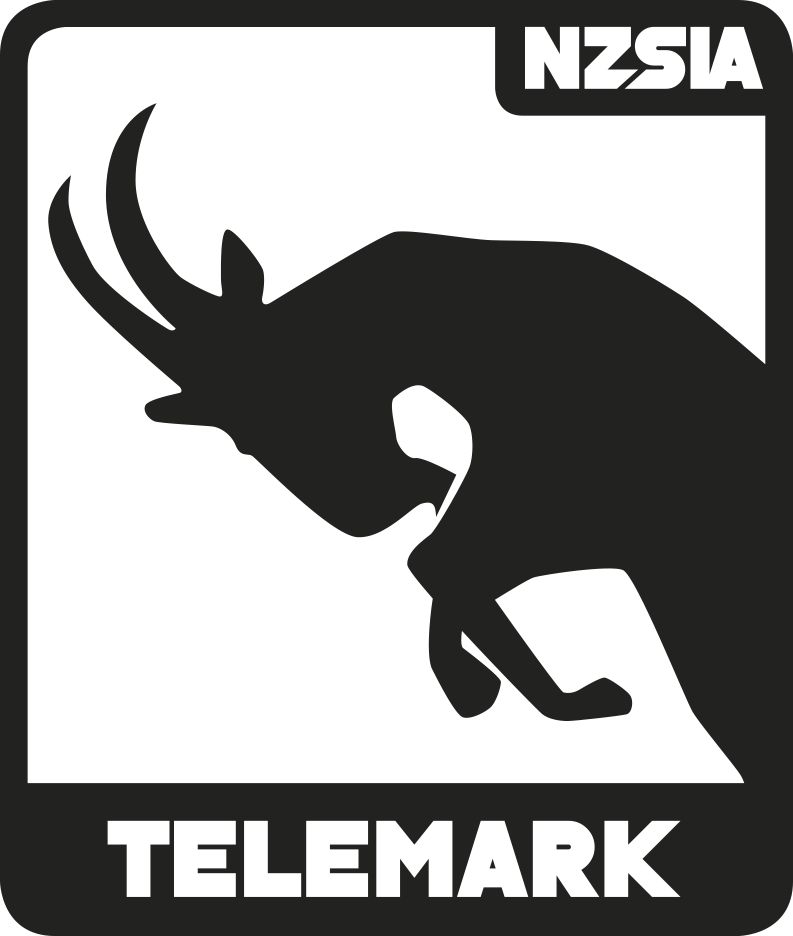Effective Communication will cover the ways that you can be an effective communicator. Learn some important communication tools, discover different styles of communication, and delve deeper into different feedback and questioning tools that a telemark instructor can use.
What-Why-How
You’ve likely heard the phrase: “It’s not what you say, it’s how you say it.”
The way we describe techniques and tasks plays a crucial role in creating understanding. Even the best information won’t help students progress if it’s not delivered well. Too basic, and the description lacks detail. Too complex, and key points get lost, leading to confusion.
For information to be effective, it must be clear, concise and well organised
Students need to understand what they are trying, why they are trying it and how they can best achieve it.

WHAT
A single, simple sentence that introduces the activity or concept.
Example: “Let’s start to learn how to change direction and turn our skis.”
- What the skis will do
- What body parts will be involved and their movements
- When the movement should occur (e.g., phase of the turn, coordination with another movement, or location on the mountain)
WHY
Explains the main benefit of the activity to encourage student engagement.
Example: “Turning is a more effective and efficient method of speed control and will allow us to ski more of the mountain.”
- Why this activity was chosen
- How it benefits the student
- How it relates to the overall lesson goal
HOW
Describes the specific movements needed to perform the activity successfully.
Example: “Focus on pointing your skis where you want to go. To do this, think about turning and steering both your legs.”
- Provide a tactical cue that helps students attempt the movement
- Highlight a key sensation or feeling
- Give clarity around ideal ski and body performance
- Relate the movement to something familiar from their prior experience
Why This Method Works
New instructors often overcomplicate explanations, which can create confusion or even erode trust with students. The What-Why-How method ensures information is delivered simply and effectively, while still covering all key elements.
Beyond Verbal Instruction
Presenting information isn’t just about what you say—it’s also how you show it:
- Follow verbal descriptions with demonstrations
- Encourage students to physically experience the movement
- Use simple, effective language to reinforce key concepts
By using What-Why-How, instructors can communicate clearly, engage students, and enhance learning in a structured and effective way.
“The simpler the explanation, the easier it is to absorb.”

